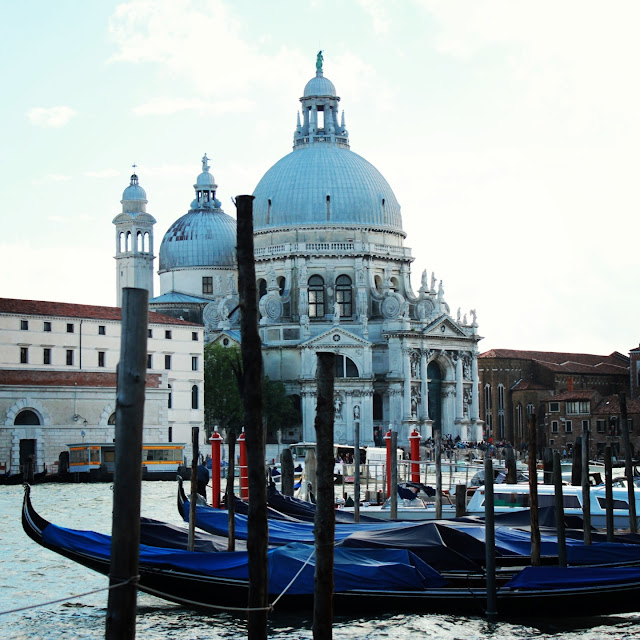Few topics lead to more heated discussion than bullfighting. Before I went to a live bullfight, I wasn't really sure what I thought about it. But you have to try something before you can pass judgement.
Madrid's beautiful Las Ventas is the capital of bullfighting, the most prestigious bullring in Spain.
Madrid's beautiful Las Ventas is the capital of bullfighting, the most prestigious bullring in Spain.
We went twice: first to a traditional corrida de toros or toreo, where the bullfighters are on foot (toreros), and again to a rejoneo, where they're on horseback (rejoneadores).
Bullfighting is all about the ritual - the toreros and rejoneadores parade around the ring before the fight, and each stage is announced with bugle calls.
In a traditional corrida there are six bulls, with three matadores fighting two each. The matadores each lead a cuadrilla (team) of three banderilleros, on foot, two picadores, lancers mounted on horseback, and a sword carrier.


I preferred the rejoneo, where the riders show incredible skill controlling the horse and the bull in a dance of amazing speeds. The show is just as much about the amazing horsemanship as anything else, with the rojoneadores changing horses after every stage, and some horses being almost as famous as their riders.
 |  |
We watched the celebrated Portuguese rejoneador Diego Ventura, one of the world's best, who drew enormous cheers from the crowd. After each of his fights he walked a lap of honour around the ring, and his fans threw down hats, flowers, flasks of wine and even live chickens for him from the stands.
 |  |
 |
| Diego Ventura |
At the time, it's shocking but impressive, above all at the rejoneo, where the the skill of the riders is unbelievable. The crowds aren't baying for blood, they're applauding bravery, and what they want to see are quick, clean kills, carried out with skill. One rejoneador who struggled to deliver a final, clean blow was met with hostile silence by the crowd.
Although it's a shock and gruesome to watch, the atmosphere is intense. A bit like a car crash; you know it's horrific, but it's hard not to look.
But looking back over my photos now, away from the atmosphere of the day, the blood and cruelty is much more real, and it's an inescapable fact that an animal is being killed for sport alone (although the meat is later eaten).
Away from the live action, when the ritual, symbolism, music and costumes are forgotten, it's hard not to feel some revulsion at the idea. So I'm still undecided.
A quick opinion poll of my Spanish colleagues in the office gives mixed results: most quietly like bullfighting, or can take it or leave it, but it's the atmosphere, the crowd, the ceremony and the tradition that they like, rather than the bullfight itself and the grizzly outcome. One girl my age absolutely adores it; no one at all pipes up to say that they passionately hate it. But the newspapers mourn the fact that numbers at bullfights are increasingly dwindling, and several regions (Catalonia being the most recent) have outlawed it, so it may be on the way out.
If your mind isn't already made up, then definitely go and see for yourself.









.jpg)





























































